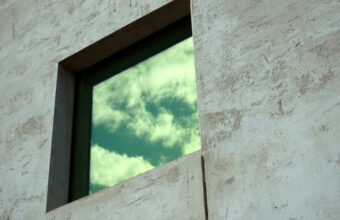While traditional window films primarily rely on differences in light levels between the interior and exterior to provide privacy, there are some specialized films designed to offer privacy specifically at night. These films typically utilize technologies such as frosted or opaque finishes, reflective coatings, or micro-louvered constructions to obscure visibility from the outside while maintaining visibility from the inside, even when interior lights are on.
Here are a few types of window films that can provide privacy at night…
- Frosted or Opaque Films – Frosted or opaque window films feature a translucent finish that diffuses light and obscures visibility, making it difficult for outsiders to see into the building or vehicle. These films are often used in bathrooms, bedrooms, or other areas where privacy is desired without compromising natural light.
- Privacy Mirror Films – Privacy mirror films have a reflective surface that acts as a one-way mirror, allowing occupants to see out while preventing outsiders from seeing in. These films work by reflecting more light on the brighter side (usually the exterior) and allowing less light to pass through from the darker side (usually the interior). However, their effectiveness can be reduced at night when the interior is illuminated.
- Blackout Films – Blackout window films provide complete privacy by blocking all light transmission through the glass. While these films are effective at concealing the interior from view, they also block natural light and visibility from the inside, which may not be desirable in all situations.
- Micro-Louvered Films – Micro-louvered window films feature a specialized construction with tiny, angled slats or louvers that allow light to pass through from certain angles while blocking visibility from others. These films can provide privacy from prying eyes without completely obstructing views or natural light, making them suitable for both day and night use.
When selecting a window film for nighttime privacy, it’s essential to consider factors such as the level of privacy desired, the lighting conditions, and any legal or regulatory requirements regarding window treatments. Additionally, proper installation by a trained professional can help maximize the effectiveness of the film and ensure a satisfactory result.






